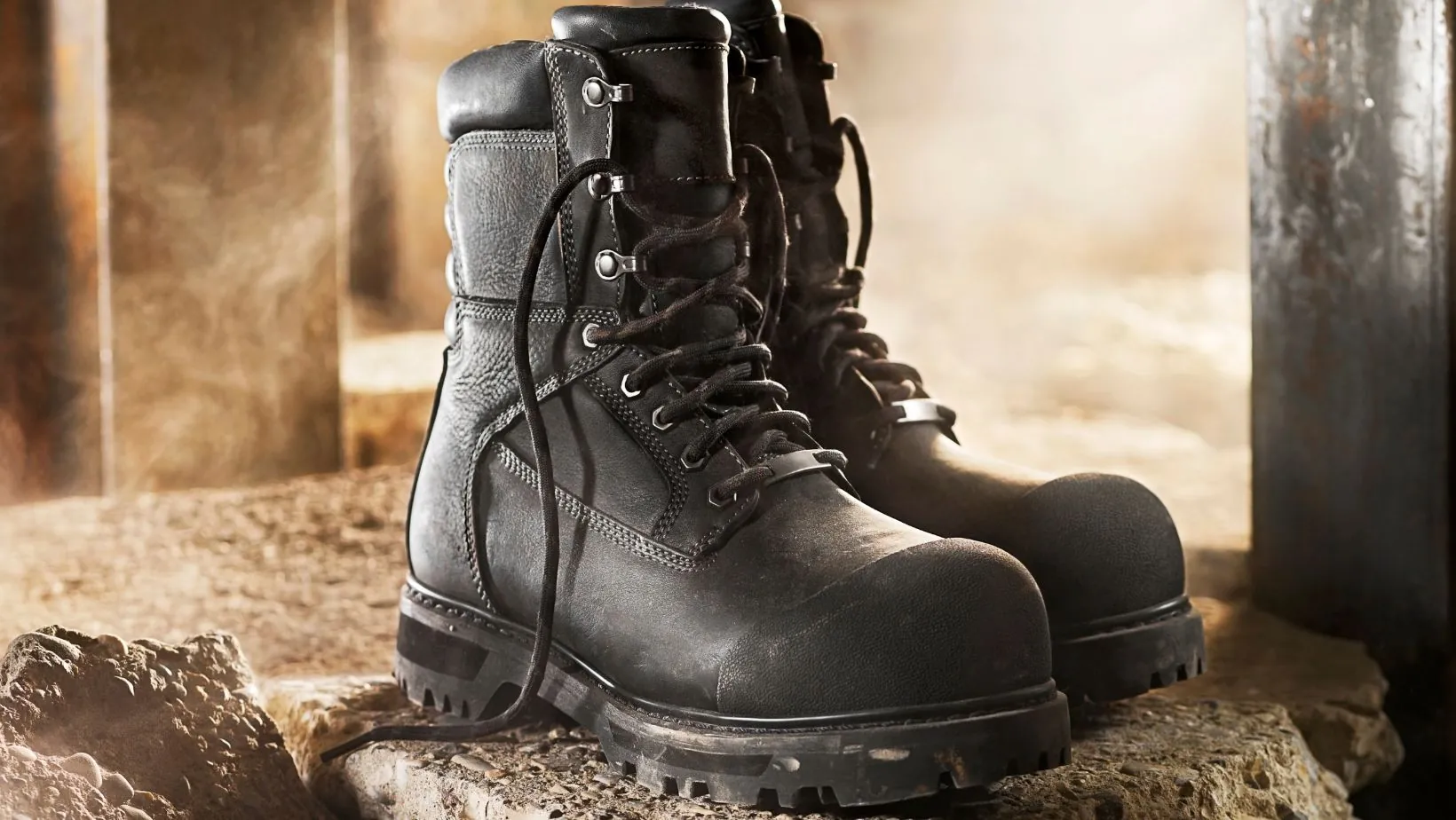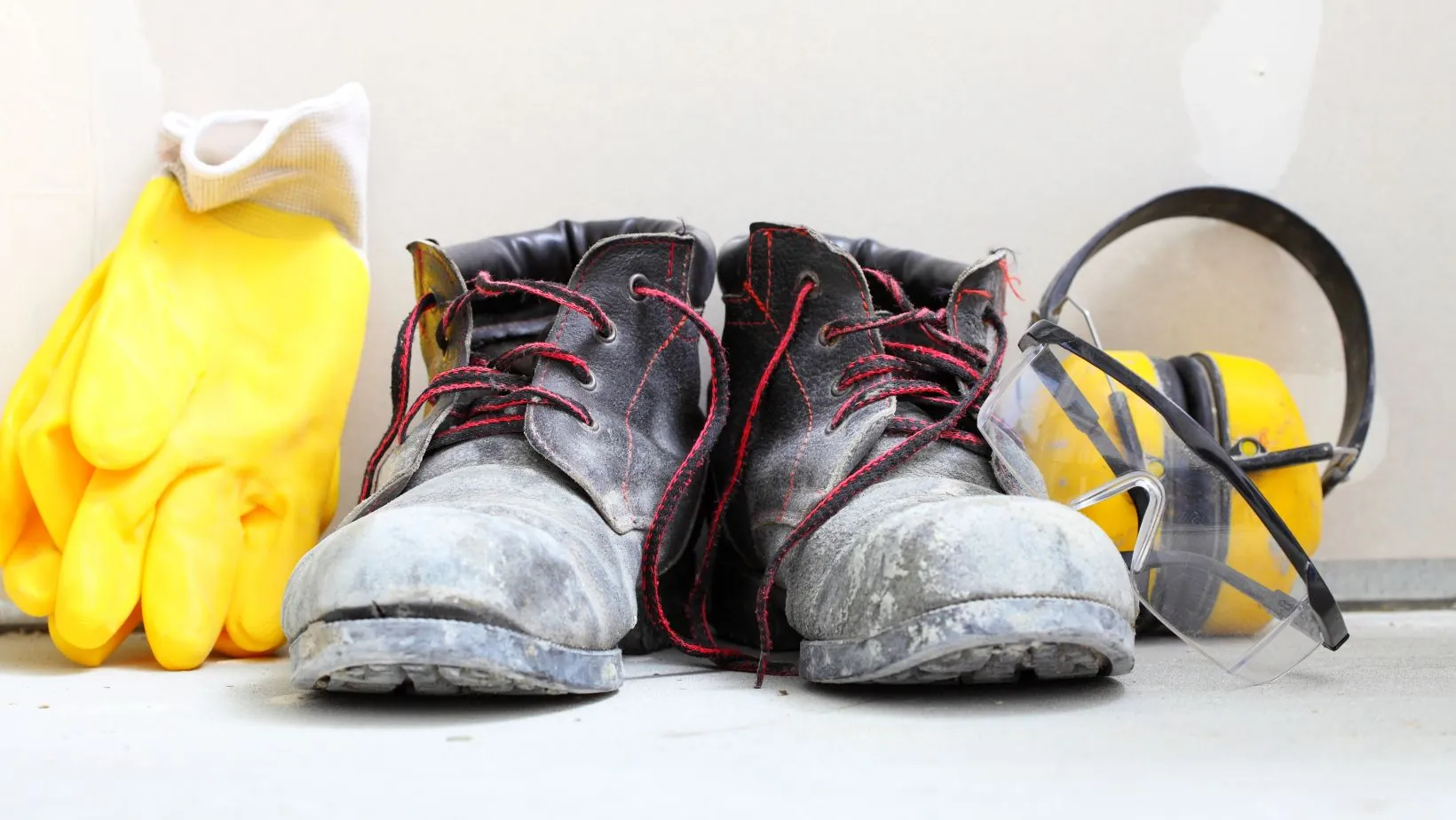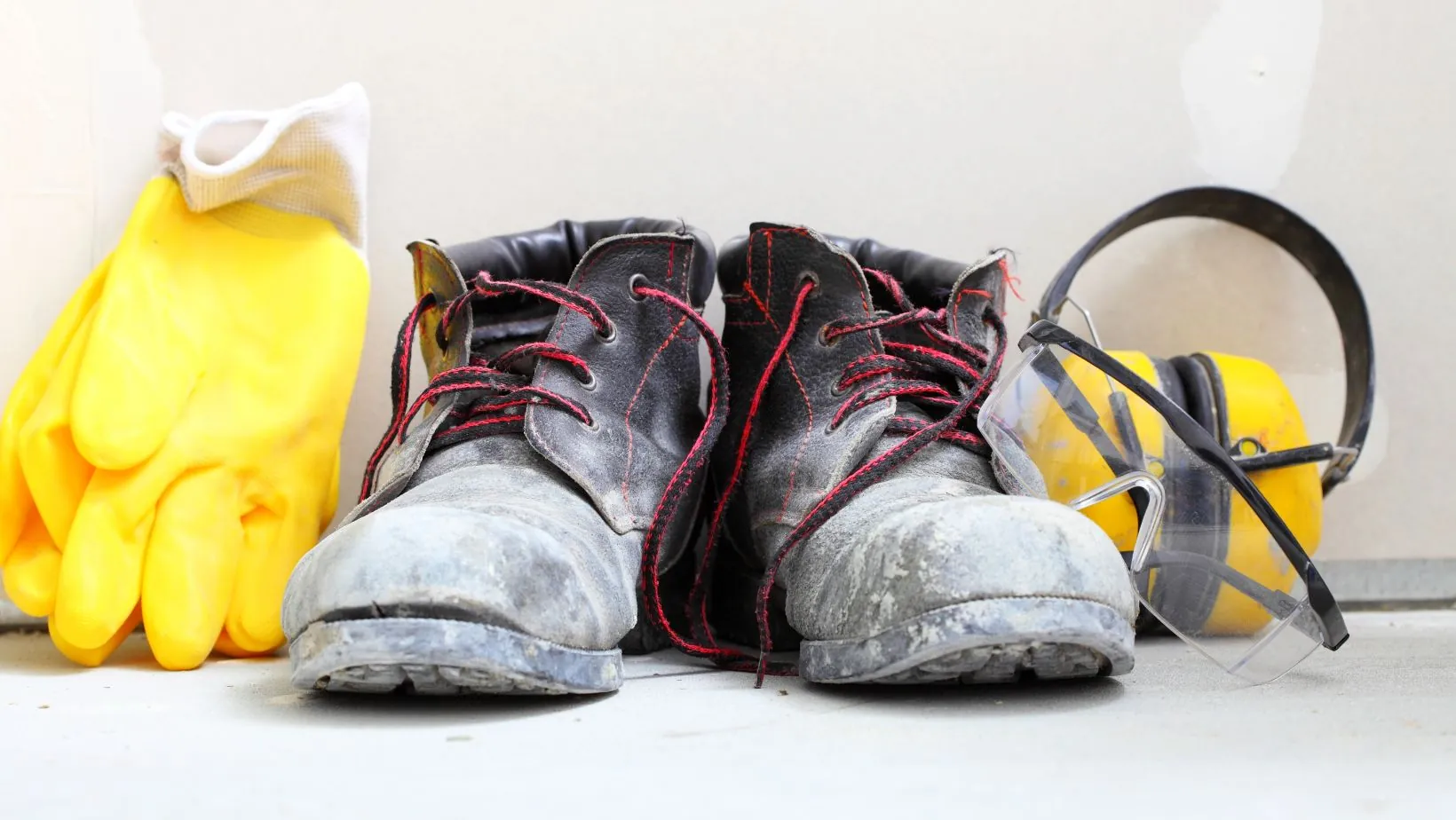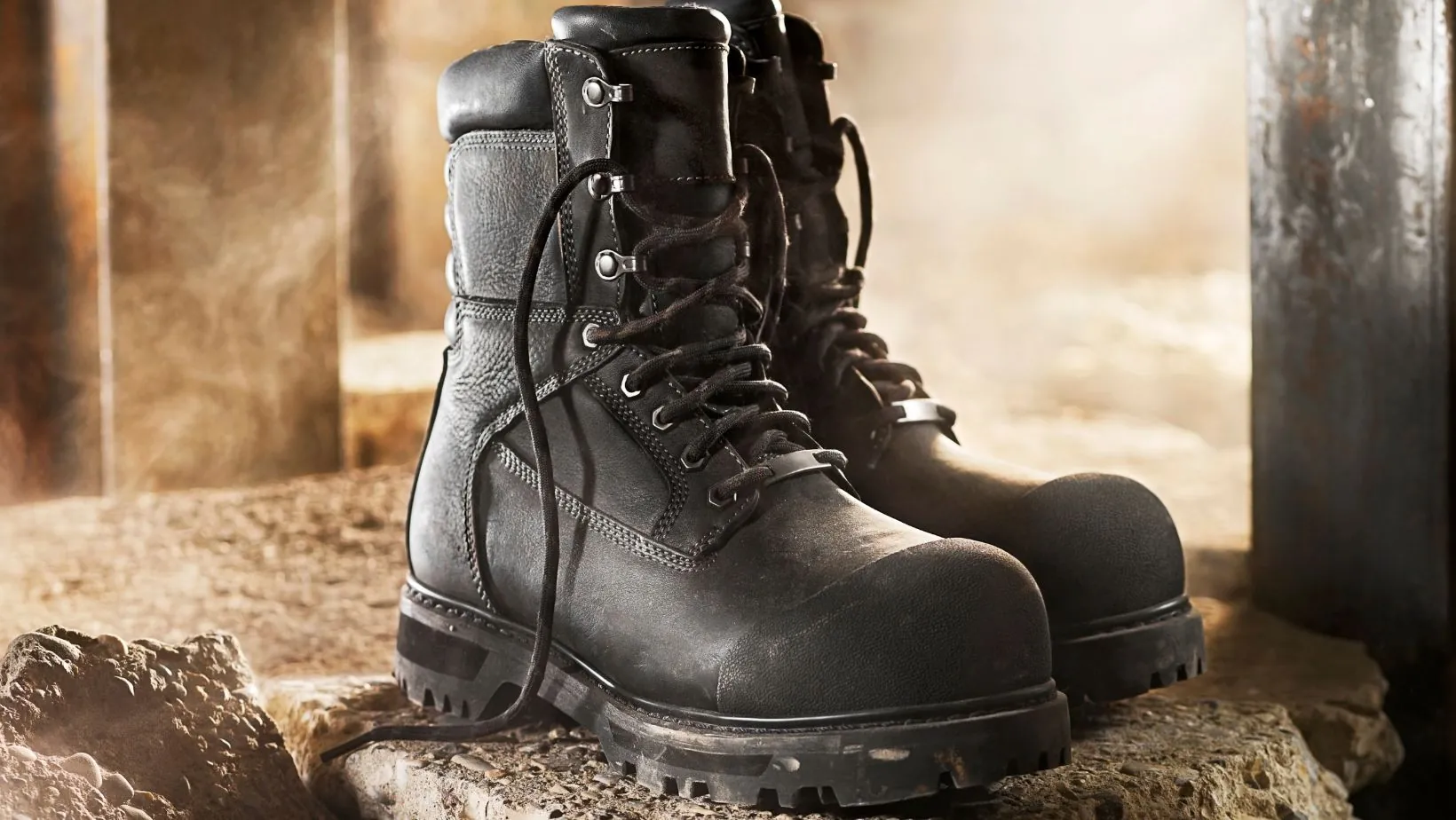
Work Boots 101: Essential Features to Look For Before Purchasing
Selecting the right boots is essential, as they should fulfill both safety and comfort requirements. Work boots are more than just a fashion statement; they serve as crucial personal protective equipment meant to protect and support your feet during your work hours.
Whether you’re working on a construction site, in a warehouse, or in any environment where foot protection is essential, understanding what features to look for in a work boot can make a significant difference. Here’s a comprehensive guide to help you choose the best Work Boots for your needs.
Safety Standards and Certifications
Ensure first and foremost that the work boots you select adhere to industry safety standards. These standards are established by various organizations, including:
- In the United States, work boots frequently need to comply with standards for impact and compression resistance set by the American Society for Testing and Materials (ASTM). If you’re in the U.S. or operating under comparable regulations, seek out boots that are ASTM-certified.
- In countries apart from the U.S., standards set by the International Organization for Standardization (ISO) may be applicable. If you’re not in the U.S., ensure to check for ISO certifications.
Boots should also have certifications for slip resistance, electrical hazard protection, and puncture resistance, depending on your specific work environment.
Material Quality
Various materials are used to construct work boots, each providing different advantages. These materials commonly include:
- Full-grain leather, which is durable, breathable, and provides excellent protection, is the most frequently used material in superior quality work boots.
- Modern Synthetic Materials: Lightweight, waterproof, and breathable options can be offered by modern synthetic materials. They may also provide more flexibility and require less time to break in.
- Rubber is frequently used for soles due to its outstanding slip resistance and durability, particularly in wet conditions.
Select a material that meets the specific requirements of your job and the environmental conditions.
Comfort and Fit
It’s crucial to have comfortable work boots since you’ll probably be standing for extended periods. Essential elements to take into account include:
- Ensure that the boots are snug but not overly tight. Your toes should have enough space to wiggle, but your heel shouldn’t lift excessively.
- Arch Support: To avoid foot fatigue and pain, ensure good arch support in your boots. Opt for boots that come with integrated arch support or can incorporate orthotic insoles.
- Cushioning: An insole with ample cushioning is vital as it absorbs shock and lessens impact, especially for those working on hard surfaces.
- Breathability: Boots featuring breathable linings ensure your feet stay dry and comfortable, thereby lowering the chances of blisters and fungal infections.
Toe Protection
Toe protection may be crucial, depending on the nature of your job.


Common types include:
- Steel Toe: Offers superior protection against high impact and compression. Perfect for settings where heavy objects may potentially fall.
- Composite Toe: Constructed with materials such as Kevlar or carbon fiber, composite toes are not only lighter than steel but also non-metallic, offering advantages in security-sensitive areas.
- Aluminum Toe: Provides a lighter option than steel-toe boots, while maintaining comparable protective features.
Slip Resistance
Ensuring safety is of utmost importance, and to prevent falls and injuries, it’s vital to have boots with slip-resistant soles. Look for boots that feature:
- Deep and aggressive tread patterns, as found in Tread Patterns, offer improved grip on a variety of surfaces.
- Materials such as rubber or specialized slip-resistant compounds can improve traction, particularly on surfaces that are wet or oily.
Waterproofing
Waterproof boots are a must if you work in wet conditions. Look for the following features:
- Look for boots that feature a waterproof membrane, such as Gore-Tex, as it lets moisture evaporate while preventing water from getting in.
- Boots with sealed seams: These boots prevent water from entering through the stitching due to their sealed seams.
Durability
Your work boots should be durable enough to endure the tough conditions of your job.


Check for:
- Toes and Heels Reinforcement: Enhancements in areas of high wear extend the boot’s durability.
- Construction Quality: Seek boots with robust stitching and sturdy soles to guarantee their ability to withstand harsh conditions.
Additional Features
Additional features may be beneficial depending on your specific needs:
- Insulation: Boots with thermal insulation are ideal for cold environments as they will maintain the warmth in your feet.
- Protection from Electrical Hazards: Crucial for Electricians and Individuals Working Near Live Wires.
- Metatarsal Guards: Offer extra protection for the upper part of your feet.
Conclusion
Choosing the appropriate work boots requires taking into account numerous aspects to guarantee safety, comfort, and longevity. By paying attention to safety regulations, the quality of the materials, the comfort and fit, protection for your toes, resistance to slips, water resistance, and durability, you can make a knowledgeable choice that will enhance your job performance and comfort. Putting money into superior work boots safeguards your feet and improves your general health and safety at work.
Work Boots 101: Essential Features to Look For Before Purchasing



